Pet Sounds
Why do cats rub on your legs? Discover 12 common animal signals
Published on July 21, 2025
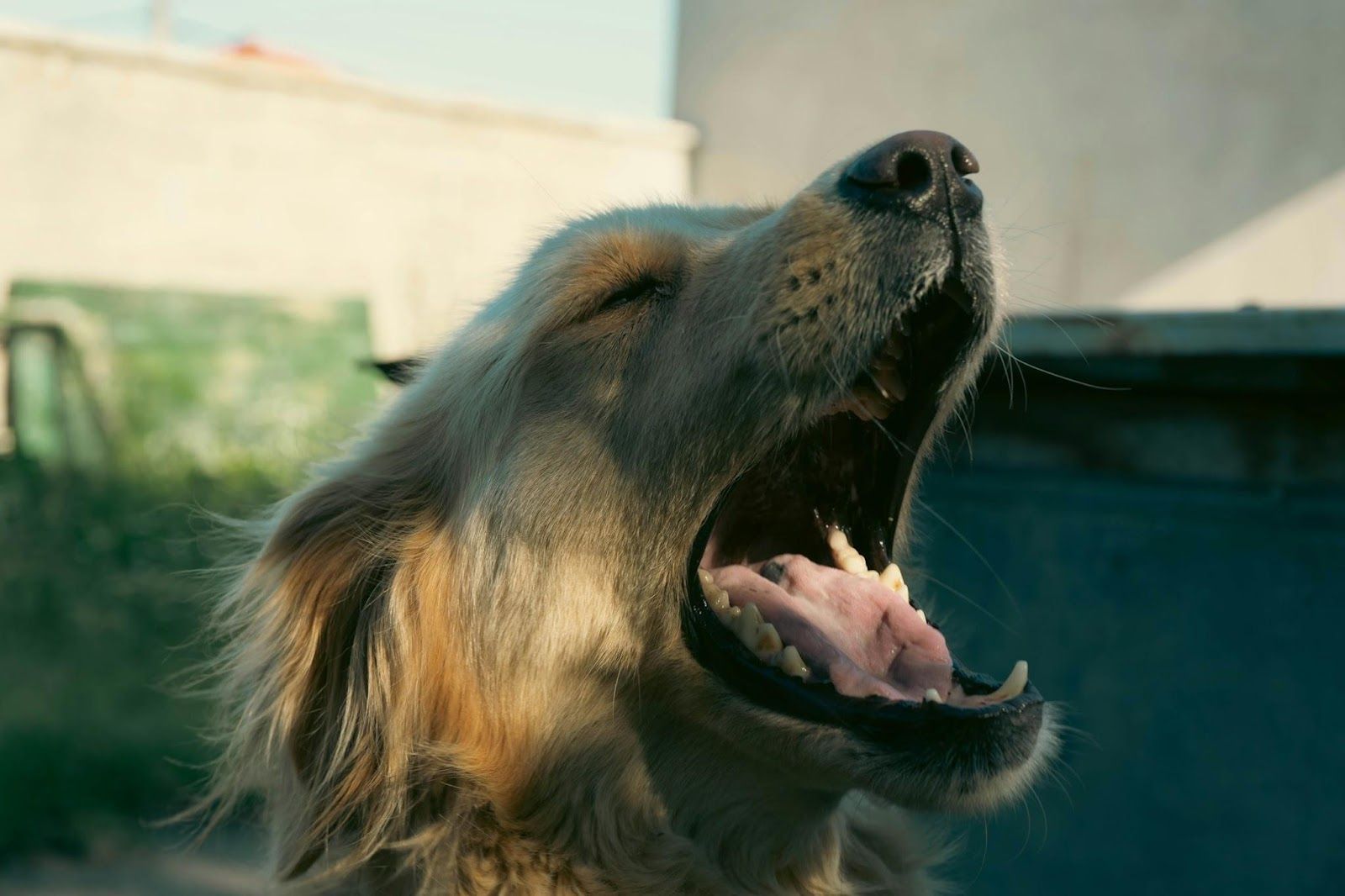 Credit: Alexander
Credit: Alexander
While we take for granted our ability to understand the pets who live near us, animal vocalizations and visual clues can and often are misinterpreted. Similar sounds or actions might mean different things, depending on the context. Take a look at these examples of similar signals in different situations and how their meanings differ.
Purring
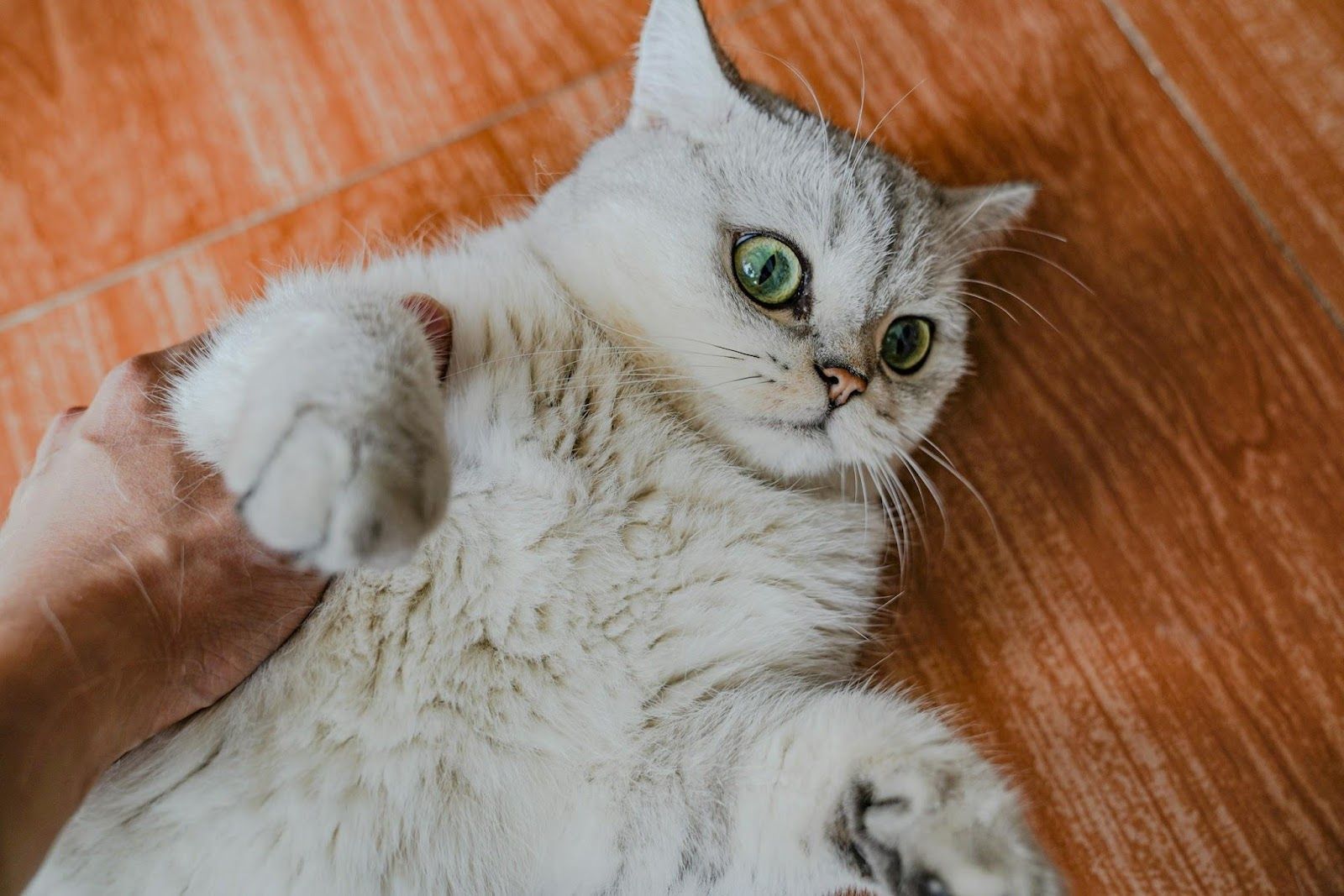 Credit: Dary Lam
Credit: Dary Lam
We usually associate a cat’s purr with a calm, comfortable moment, but that is not always the case. Purring can also be exhibited in uncomfortable or stressful conditions. When a cat is stressed or even hurt, they will sometimes purr.
Tail wagging
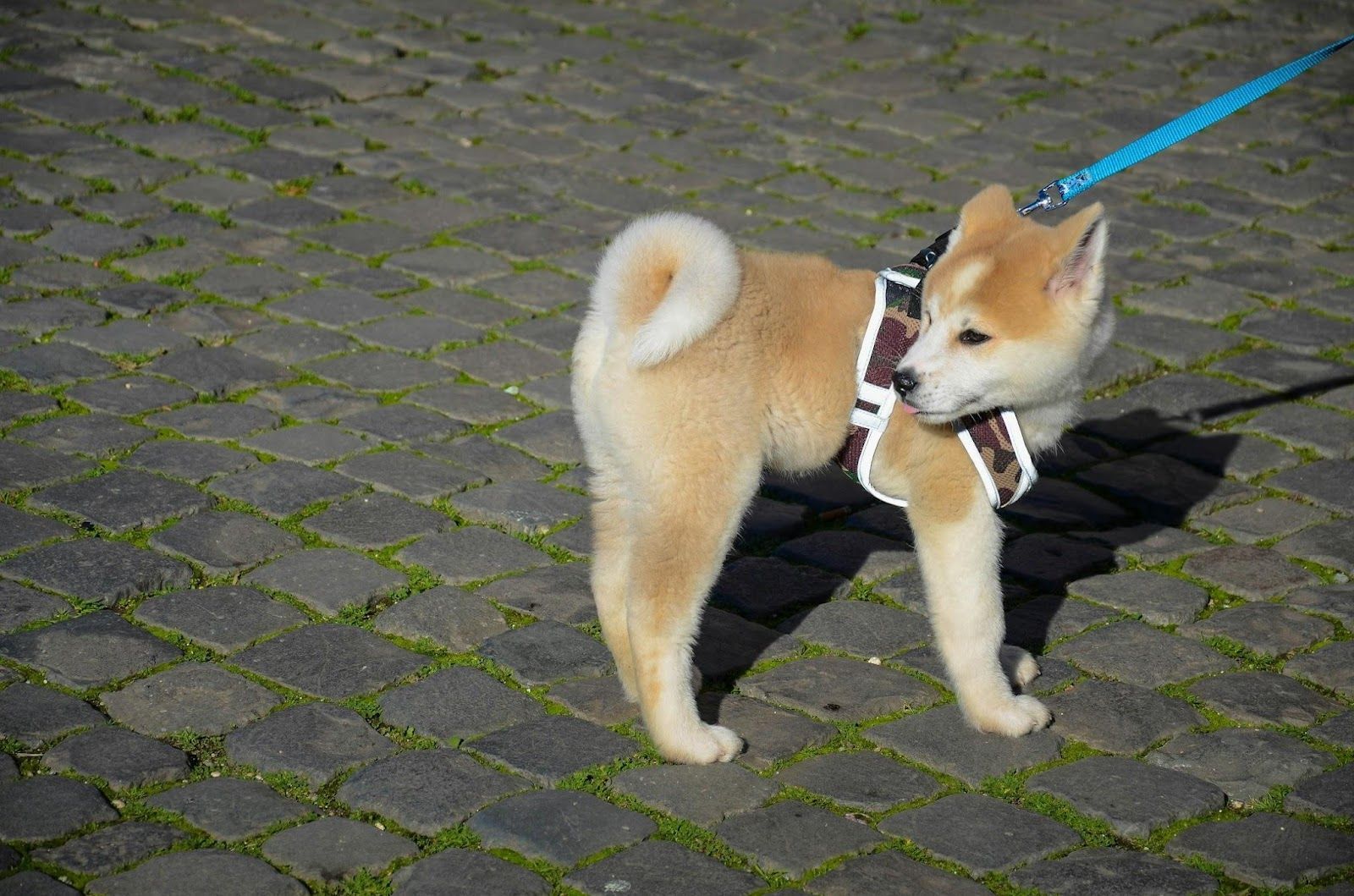 Credit: Nika Benedictova
Credit: Nika Benedictova
We tend to perceive the wag of the dog’s tail as a positive thing, but many different, subtle cues can be given off with the tail. Is the tail wagging more to the left or the right? How fast is the tail wagging? Is it above the midline or below?
All of those different movements mean entirely different things. Some of them are happy. Some are pre-aggression warning signs. Learn to read the context and what the dog is reacting to, in order to find out what a dog’s tail is communicating.
Barking
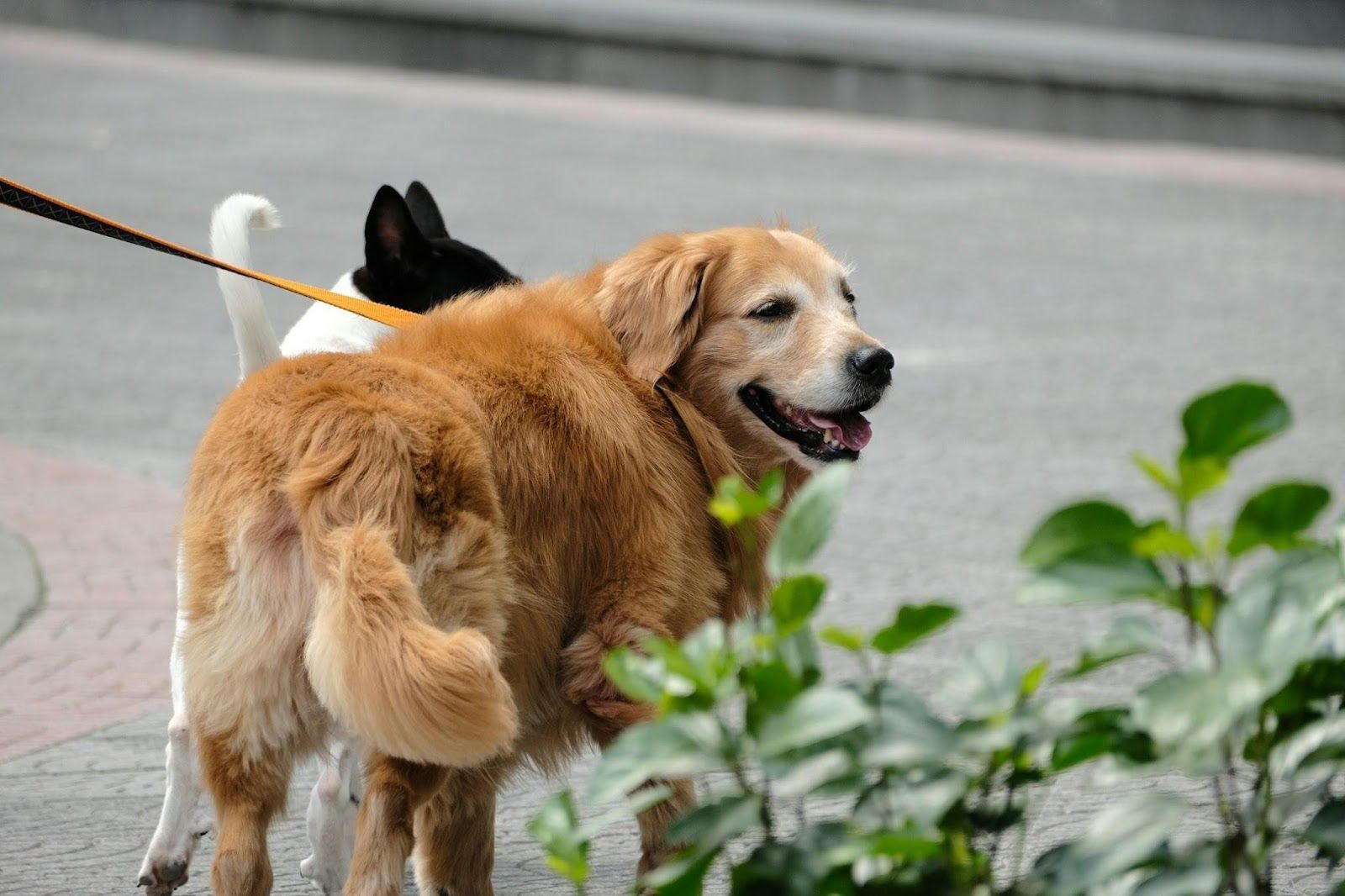 Credit: Duc Van
Credit: Duc Van
It is no secret that dogs bark for many different reasons, such as alerting you to strangers, expressing excitement, or signaling distress. Recognizing the type of bark can help you address their needs more effectively.
As always, context matters. A dog barking at a mail carrier might be different from barking during playtime. Paying attention to these cues will help you understand the meaning of your dog’s barking.
Meowing
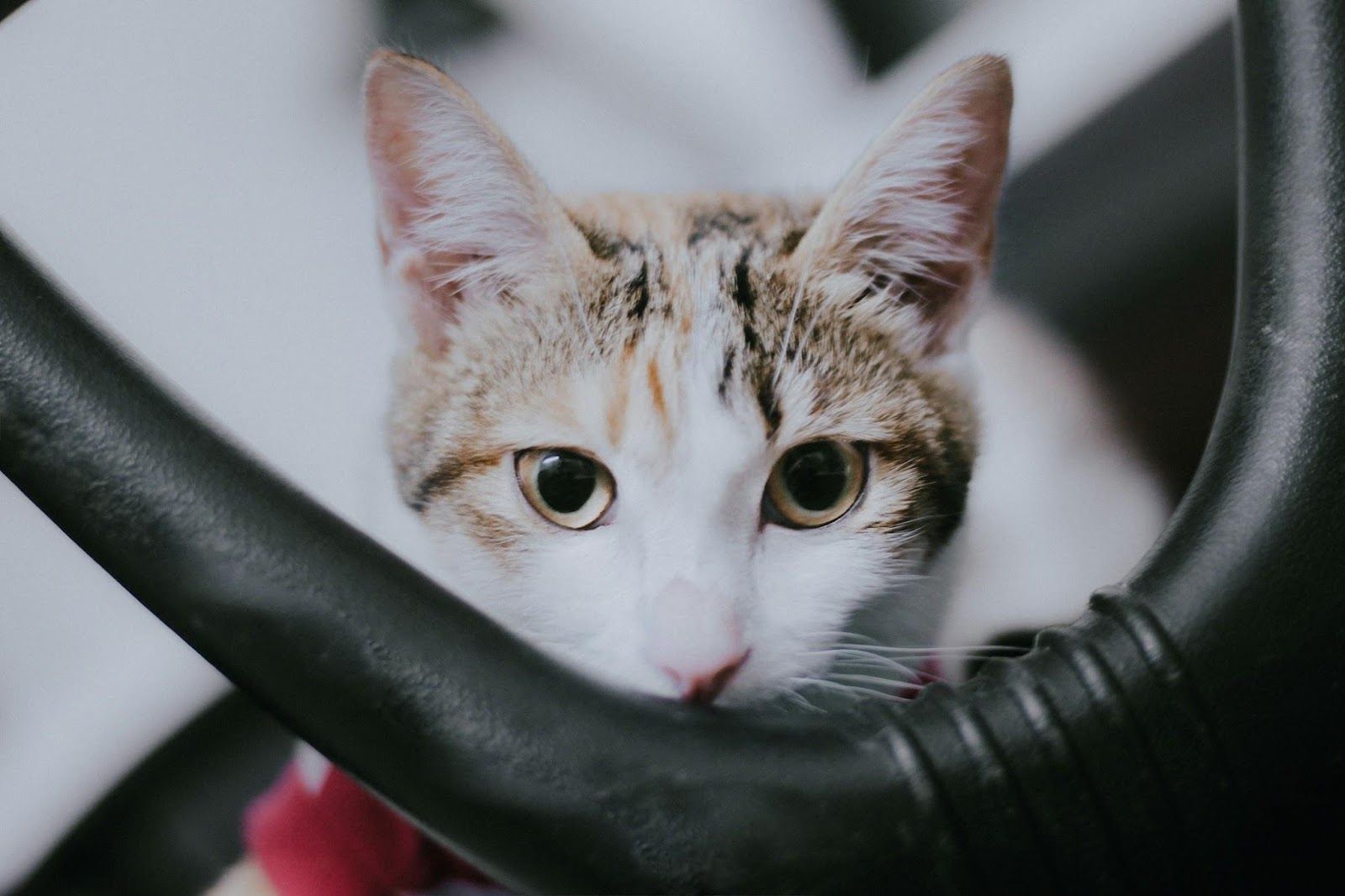 Credit: Tai Bui
Credit: Tai Bui
Similarly to dogs barking, cats meow for various reasons, such as seeking attention, expressing hunger, or signaling discomfort. Each type of meow has a unique sound and meaning.
When and in what situations a cat meows is essential for understanding their message. A cat meowing at the door might want to go outside, while a meow in the kitchen might indicate hunger.
Growling
 Credit: benjamin lehman
Credit: benjamin lehman
Not all growls indicate aggression. As every dog owner knows, some might be playful. Learning to differentiate between the two can prevent potential conflicts.
A growl when encountering another dog is a clear sign of aggression. A growl while playing tug-of-war using a stick can be a playful one.
Cat’s ears
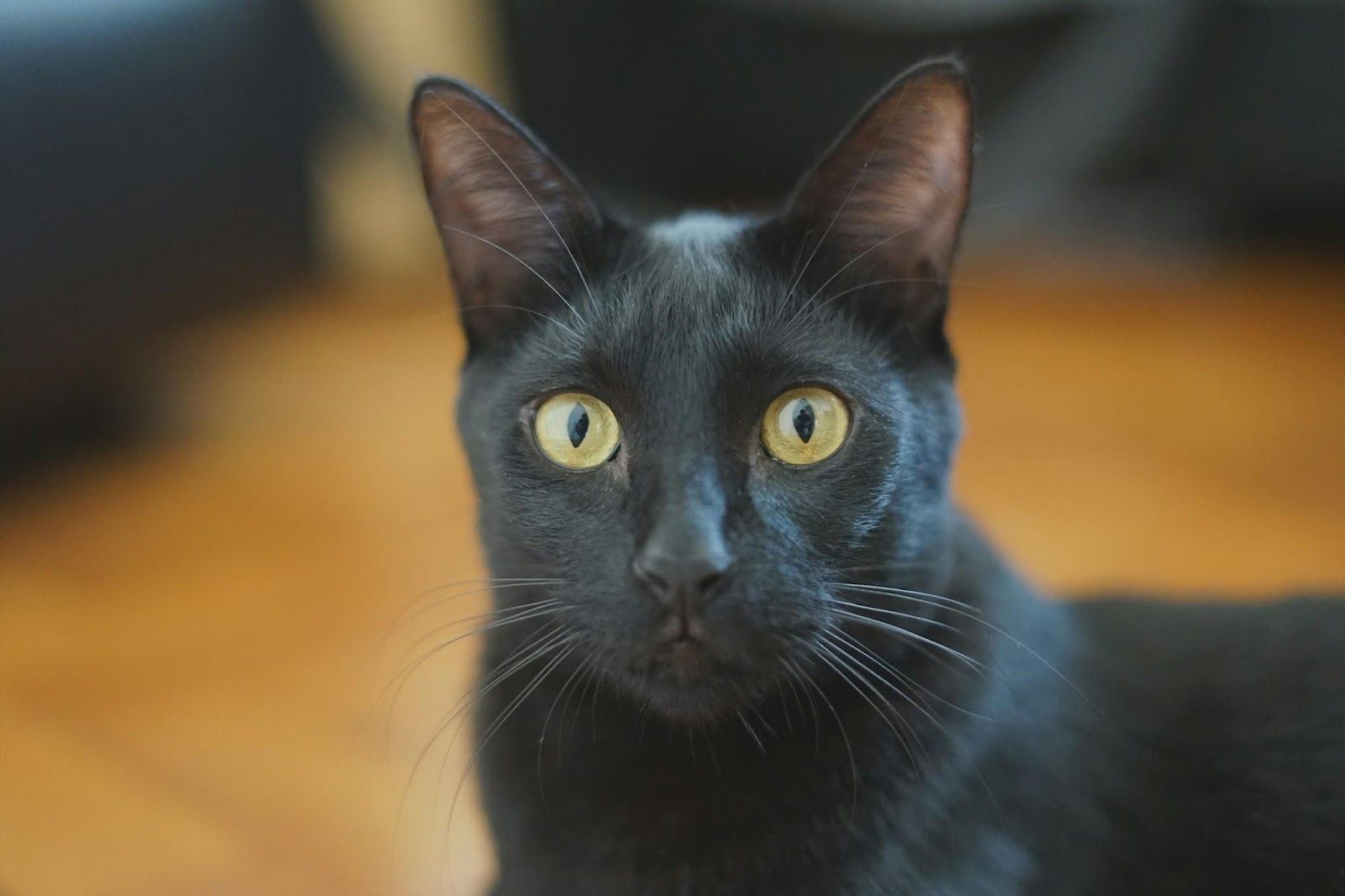 Credit: Gabriel Sicuro
Credit: Gabriel Sicuro
Anyone who looks at the ears of a cat will notice that they are highly expressive. For example, forward-facing ears indicate curiosity or happiness, while flattened ears can signal fear or aggression.
Dog’s ears
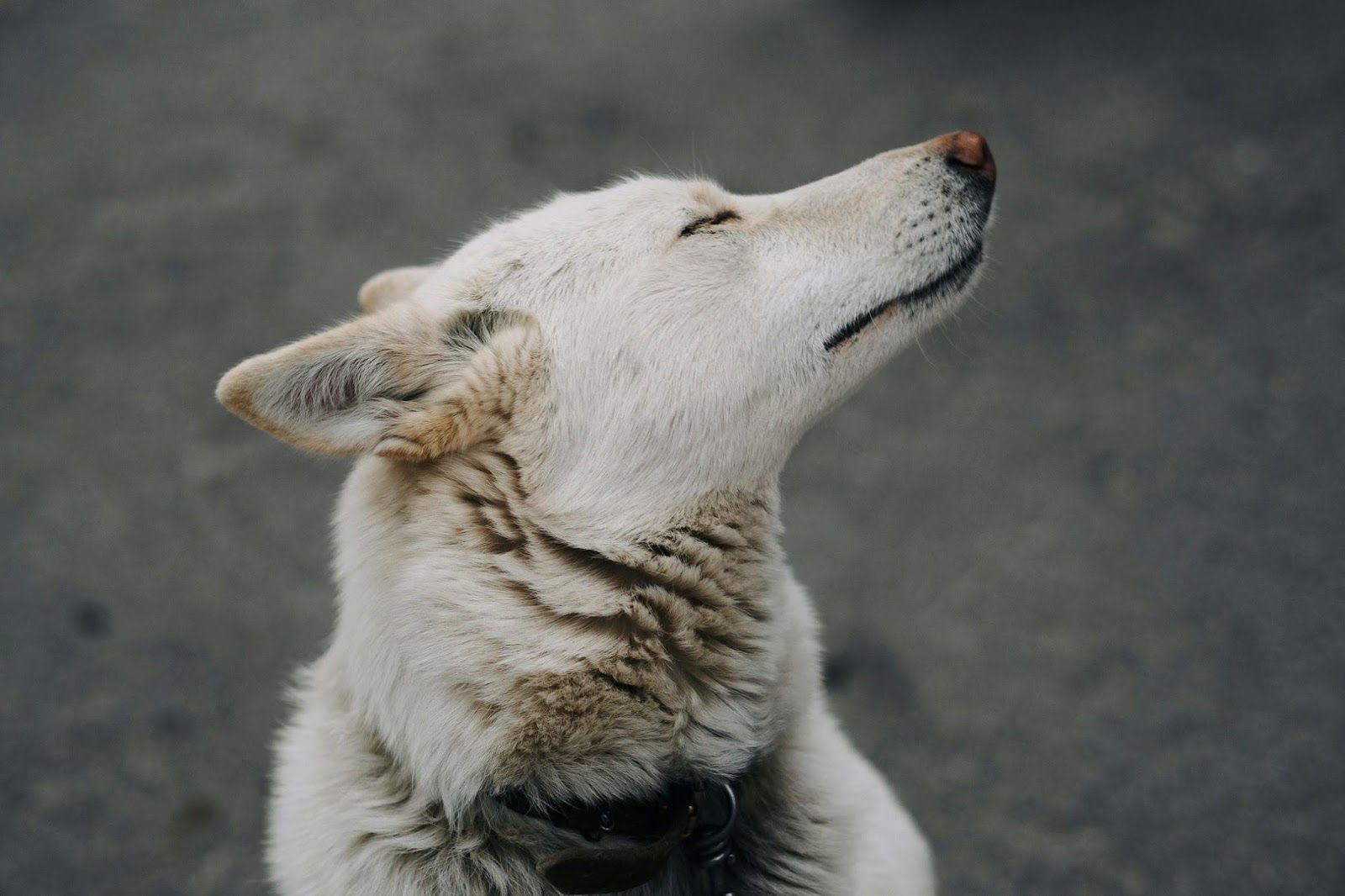 Credit: Dmitriy Strizhak
Credit: Dmitriy Strizhak
A dog’s ears are highly expressive and can tell us a lot about their mood. Erect ears might indicate alertness, while flattened ears can signal fear or submission.
Cat’s eyes
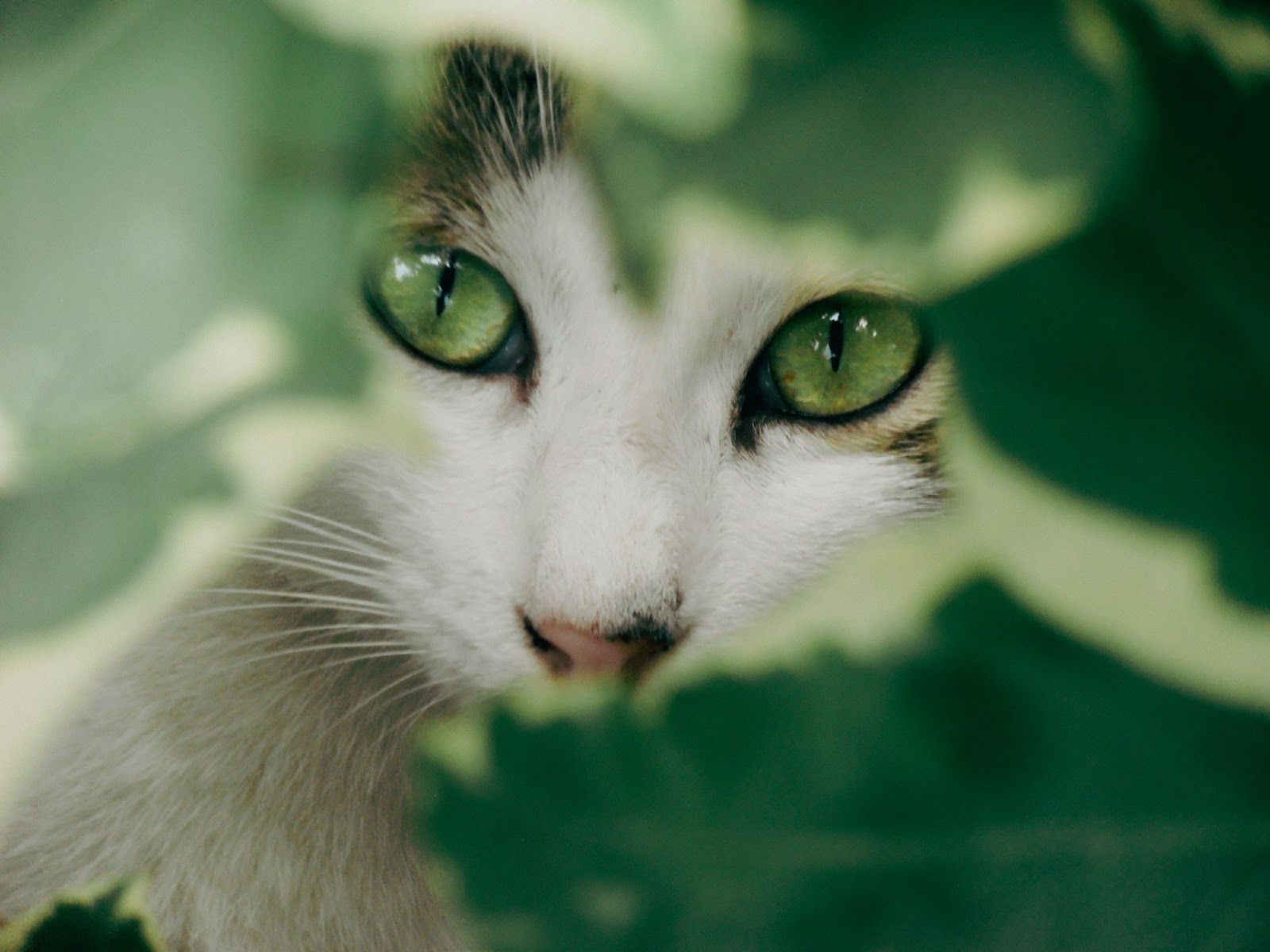 Credit: Levi Nicodemus
Credit: Levi Nicodemus
A cat will use its eyes to communicate trust and affection. When a cat blinks slowly, it is expressing a sign of trust, and it can even be reciprocated to strengthen your bond with your cat.
Dog’s eyes
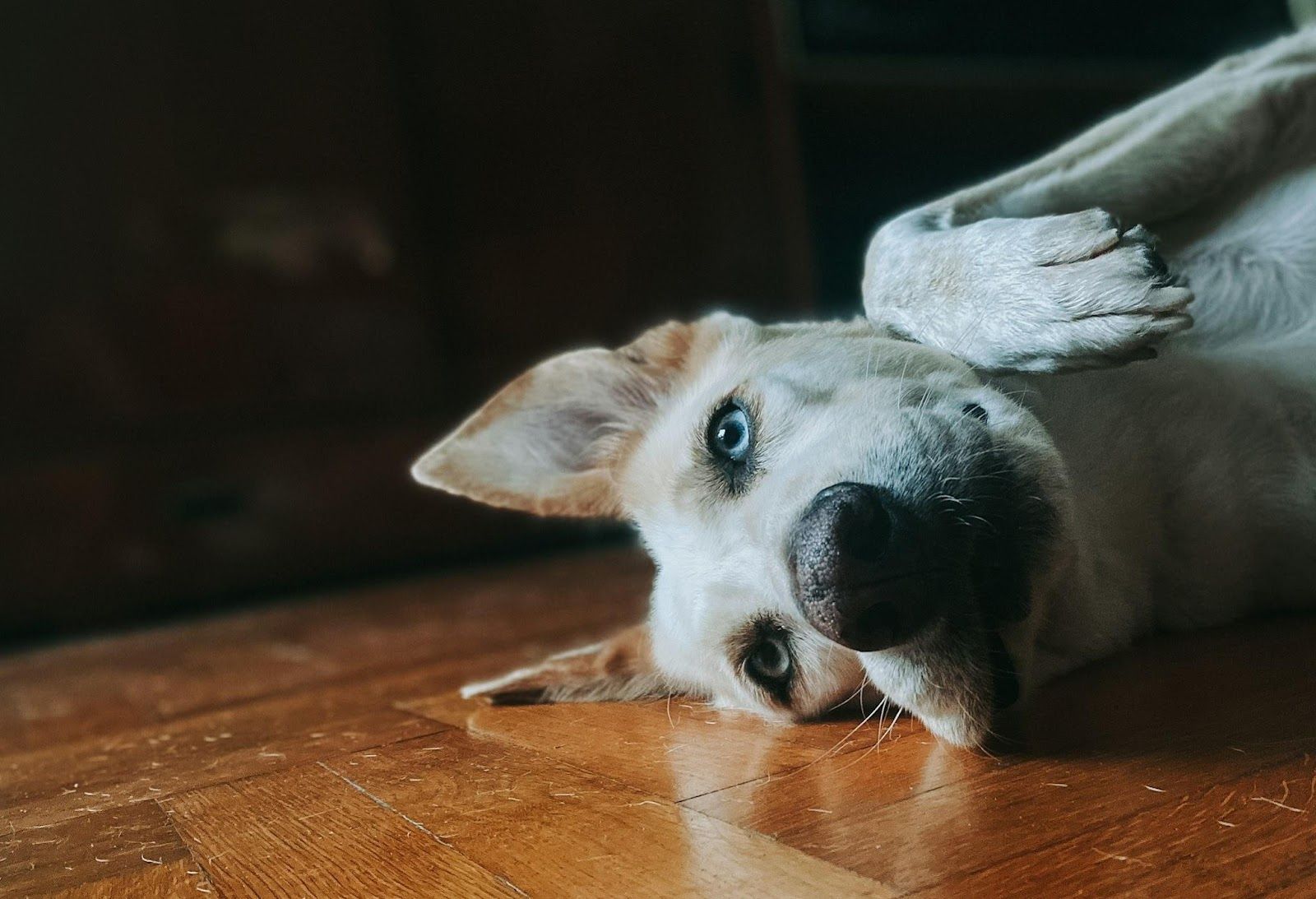 Credit: Chris SIDIROPOULOS
Credit: Chris SIDIROPOULOS
Whether it is the dreamy gaze of a dachshund or the alert eyes of a Jack Russell, dogs’ eyes are very expressive and are used to communicate many different emotions. For example, a direct stare indicates dominance, and a soft gaze shows affection.
Rubbing
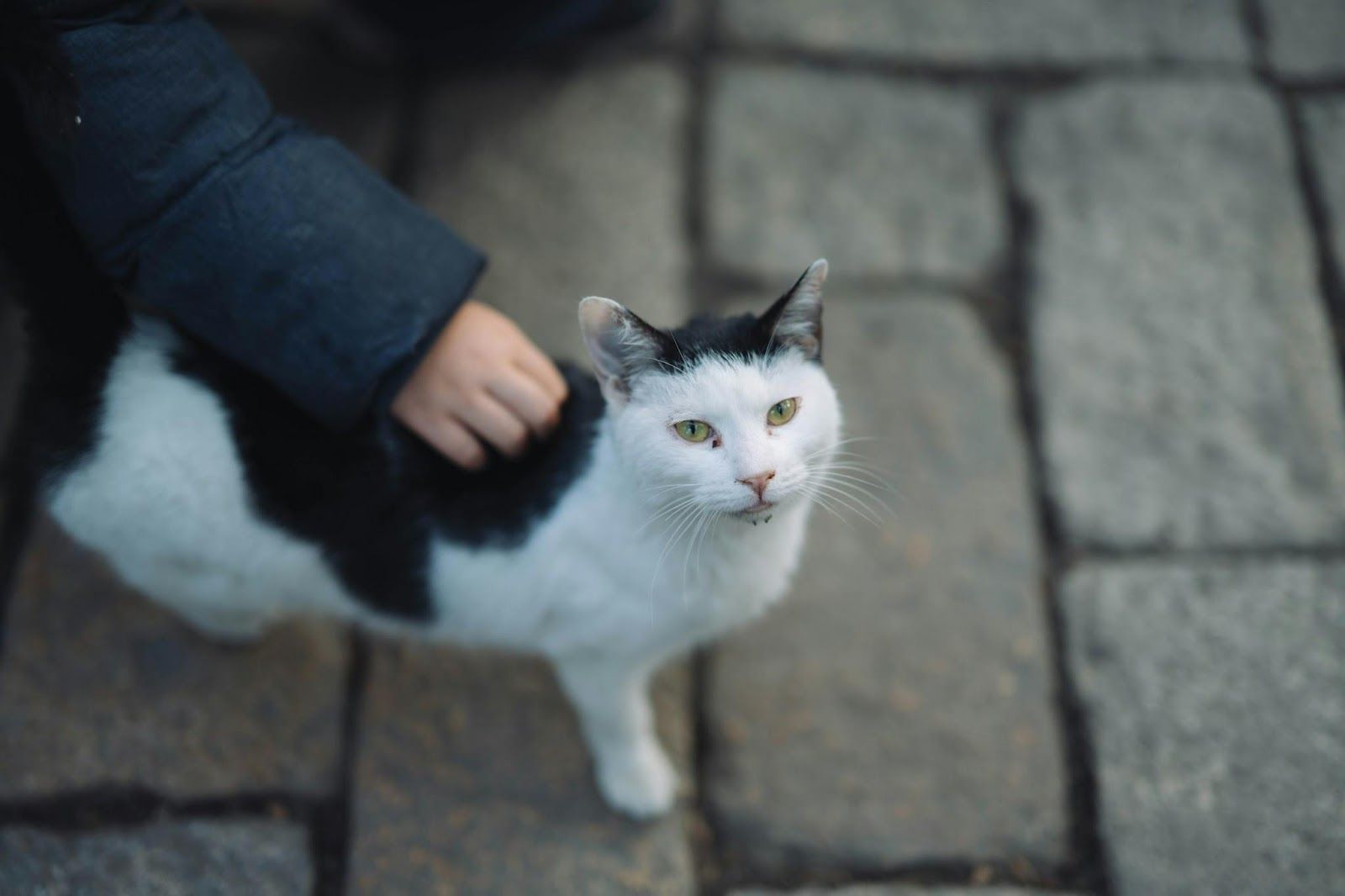 Credit: Merci L
Credit: Merci L
You might think that a cat rubbing against your leg is always a sign of affection. And in many cases, this is true, but it is also a way of marking their territory by rubbing their smell into your legs.
Tilting the head
 Credit: Hetziel Perez
Credit: Hetziel Perez
Dogs tilt their heads when uncertain about something or trying to hear better. This is often seen when they are curious or waiting for more information from their environment or their owner.
Rolling around
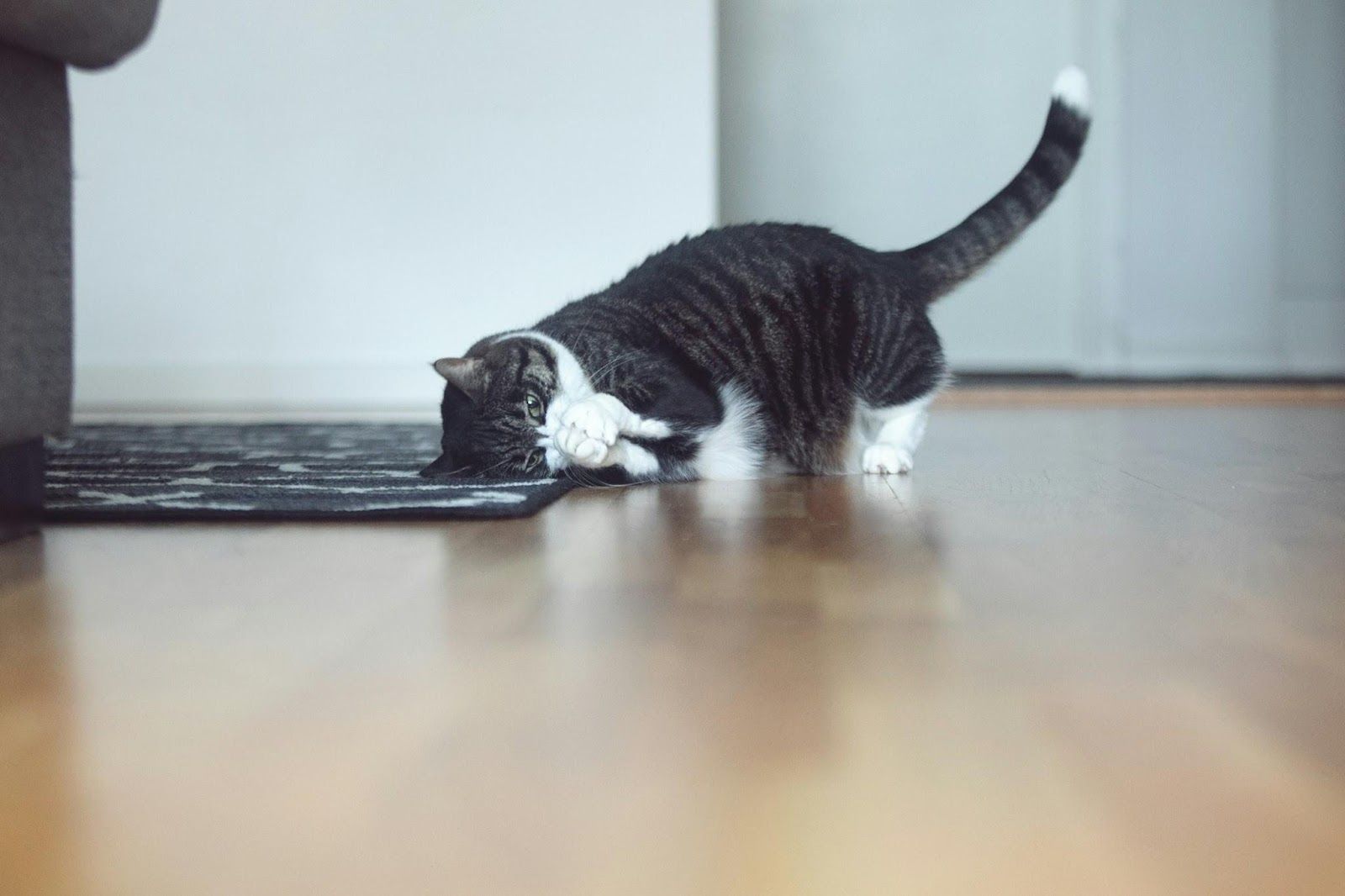 Credit: Elīza Švampe
Credit: Elīza Švampe
Whenever a cat rolls on its back, it is showing that it feels safe and trusts you. This can also be an invitation to play.










